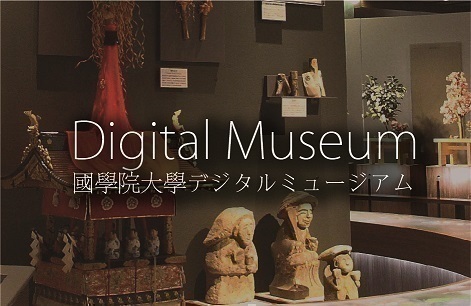- トップ
- Encyclopedia of Shinto
- Urata Nagatami
Encyclopedia of Shinto
| Main Menu: | |
| Links: |
詳細表示 (Complete Article)
| カテゴリー1: | 8. Schools, Groups, and Personalities |
|---|---|
| カテゴリー2: | Personalities |
| Title | Urata Nagatami |
| Text | (184-93) Shinto scholar of the Meiji era. Born on the first day of the third month of 1840 in the town of Uji in Watarai District of the province of Ise. His style name was Kokufu and he used the epistolary name Kaitei. In 1857, Urata inherited his family's hereditary positions of Naikū gon-negi (Provisional Suppliant Priest at the Inner Shrine) and kiyosaka toko no uchindo (a priestly position responsible for preparing offerings), and he also had a seat on the self-governing council of the town of Uji). On the eve of the Meiji Restoration, Urata was incited by the statesman Sanjō Sanetomi (1837-1891) to become involved with political affairs, but he was imprisoned over an incident involving claims regarding the receipt of an imperial order to defend the Grand Shrine. Upon the establishment of the Meiji government, he was officially reinstated and appointed as daizoku, a high administrative rank in the new bureaucracy, in the Watarai district. He also worked for the newly reestablished Department of Divinities (Jingikan) and the Ministry of Religious Education (Kyōbushō). In 1872 he was promoted to the position of Junior Chief Priest (shōgūji; see gūji) at Ise. Urata drafted a proposal titled "On the Reform of the Grand Shrines of Ise (Jingū gokaisei no gi)," propagated his views numerous times, and implemented many changes that revolutionized the Grand Shrines. He devoted himself to the establishment of the modern Meiji Period Liturgy for the Grand Shrines (Jingū Meiji saishiki), and based on his own unique doctrinal vision, launched out on distributing the amulets (taima) of the Grand Shrine and promoting the Great Teaching Campaign (see taikyō senpu). In 1873, the fifth year of his tenure with the Meiji government, he was transferred to Tokyo, where he was made a commissioner at the Imperial Household Ministry (Kunaishō). From 1884 he served as district governor in various towns of Mie Prefecture, including Watarai, Suzushika, and Kawage. Urata studied economics and history under Saitō Setsudō (1796-1865) and poetry under Takaba Unsō. He was the author of many works, including Taidō hongi, Shinten saiyō and Dokumujisho saishishō. He died October 26, 1893, at the age of fifty-four. —Nakanishi Masayuki |




